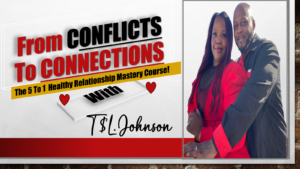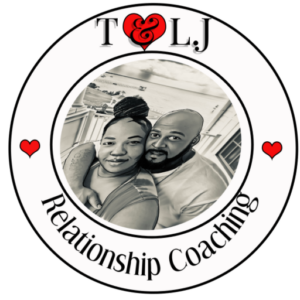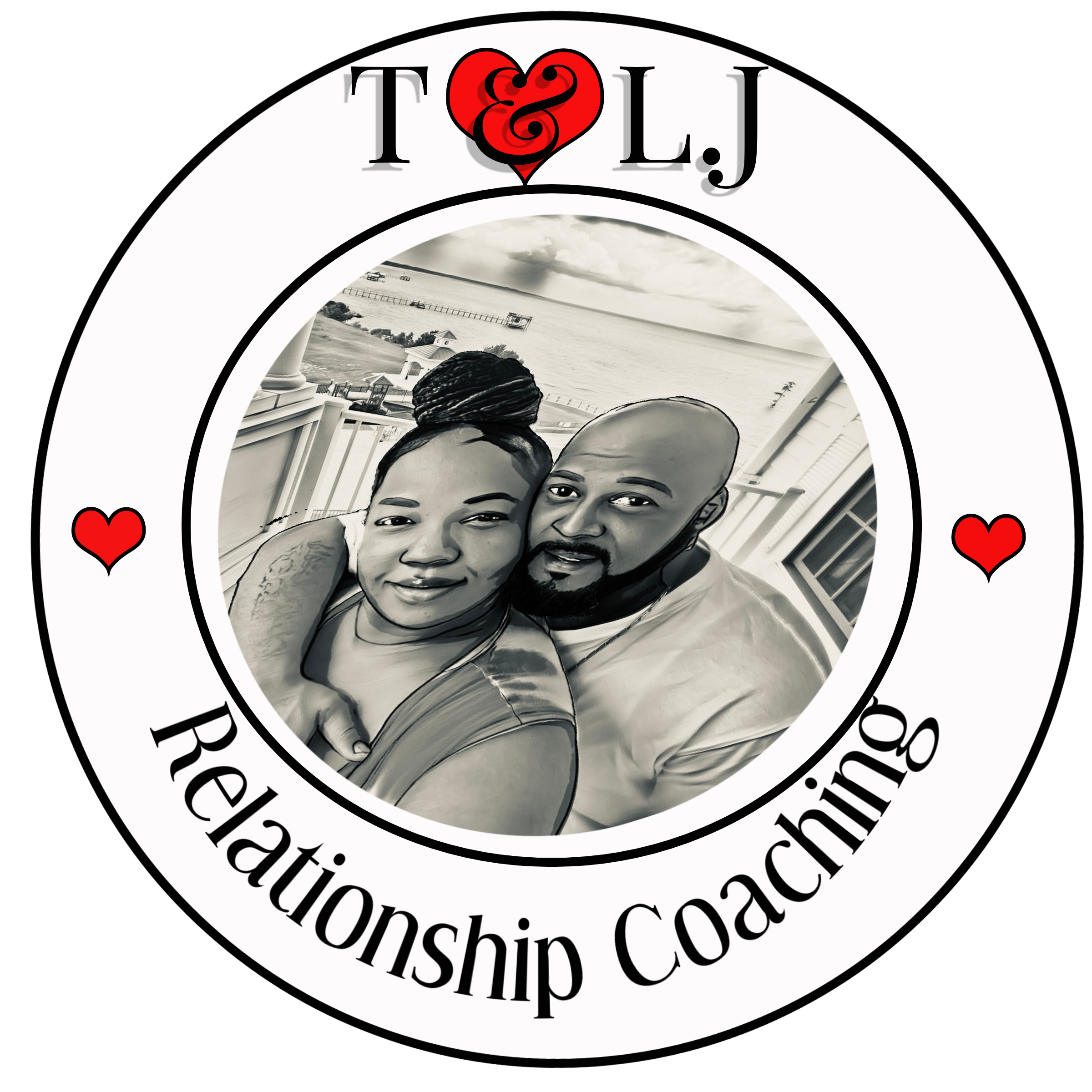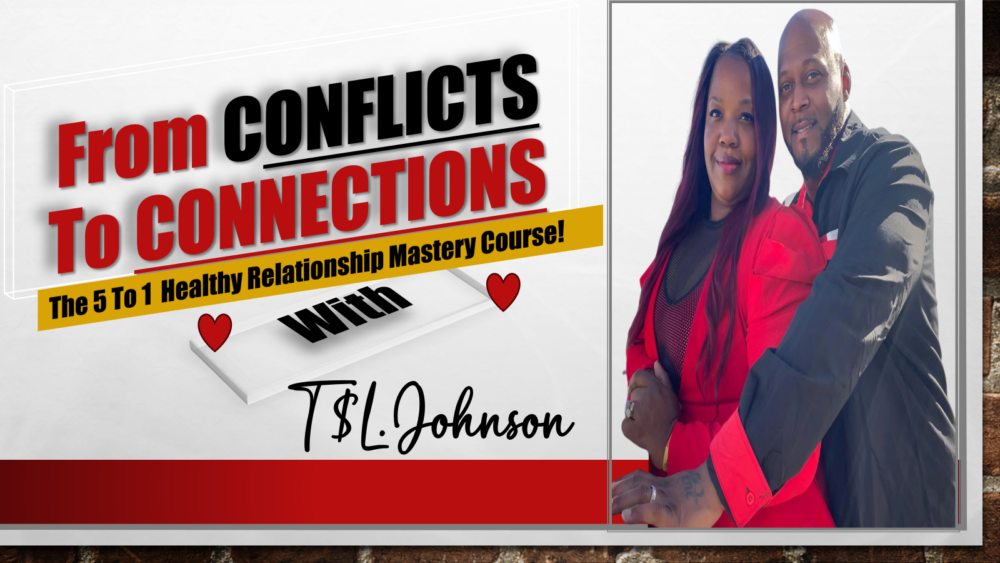Understanding the Root Causes of Arguments
Diving Deep into Emotions
One thing I’ve learned over the years is that most arguments are not about the surface issue we think they are. It’s often a tangled web of emotions that drives us to fight. Whether it’s feeling disrespected, misunderstood, or unheard, these feelings can contribute to seemingly endless cycles of conflict. I realized the first step is identifying the underlying emotions in play.
Think about your own experiences. Have you ever lashed out over something trivial, only to later realize it stemmed from deeper frustrations? Yeah, I’ve been there! By recognizing these emotions, we can better navigate what our partner might be feeling during conflicts.
This understanding lays the groundwork for empathy, an essential ingredient in resolving disputes without demolishing our relationships. When we approach each argument with a mindset geared toward understanding rather than opposing, we set ourselves up for more productive discussions.
Recognizing Patterns in Behavior
It’s super important to pinpoint the patterns that emerge during arguments. I’ve noticed that I often had the same fights, replaying the same script. You know, the whole “you always do this” or “you never listen” thing? These patterns probably got our relationships stuck in a loop of frustration.
To break free from these cycles, I started keeping track of recurring themes in our disagreements. This revelation opened my eyes to the fact that arguing about the same things again and again wasn’t productive. Instead, I’ve learned to approach these recurring issues with curiosity instead of blame.
An honest dialogue about these recurring cycles can lead to meaningful changes. If both partners are willing to explore these patterns, it becomes easier to identify triggers and develop strategies to avoid falling into the same old traps!
Identifying Triggers
Another key takeaway from my own experience is that knowing what triggers you and your partner is paramount. I’ve noticed that certain times of day, stressors from work, or even how much sleep we’ve had can escalate conflicts out of nowhere. Being aware of these triggers helps me manage my reactions.
When I feel that familiar tension rising, I now try to pause and label the feelings. This simple act can prevent a reactive response that might lead to accusations or hurt feelings. It’s about taking control of the moment instead of being swept away by emotion.
By openly discussing our triggers, we create a safe space for both partners to express themselves. It’s pretty freeing to know what might set us off and how we can support each other in those respective situations.
Engaging in Active Communication
Practicing Active Listening
My experience has shown that active listening is a game-changer. It’s easy to hear someone while thinking about how we’re going to respond. But when I truly listen, without preparing my comeback, it changes the conversation entirely. I’ve seen how being fully present can dampen the intensity of an argument.
So, what does active listening look like? It’s about nodding, maintaining eye contact, and repeating back what you’ve heard. When I do this, it reassures my partner that I care about their perspective and validates their feelings. It shifts the focus from being “right” to understanding each other. Clever, right?
Not only does this help cool down the argument, but it also fosters a deeper connection. And isn’t that what we want? Plus, when both partners engage in active listening, it sets off a positive cycle that can make future discussions easier.
Expressing Needs Clearly
One mistake I’ve made time and again is not clearly expressing what I need in a conflict. Instead of saying, “I need you to listen,” I would hurl accusations, which just built walls instead of breaking them down. I’ve learned that clarity is everything. When we clearly articulate our needs, it fosters better communication.
What I started implementing was using “I” statements. Instead of “You never help with chores,” I’d say, “I feel overwhelmed when the chores pile up.” This shift might seem small, but it completely alters the direction of the conversation. It invites collaboration instead of defensiveness.
Encouraging your partner to express their needs also plays a major role. When both parties know what the other wants, it allows for a more genuine resolution. And trust me, it becomes easier to find common ground.
Staying Calm and Composed
Okay, let’s be real. Staying calm during an argument can be a challenge, especially when emotions are running high. I’ve had my fair share of times when I let frustration take over. But here’s what I’ve learned: taking a few deep breaths can work wonders. Seriously, it’s like a reset button.
When I feel tension rising, I remind myself to breathe deeply and slowly. It grants me a moment to collect my thoughts and check in with my emotions. This pause can help prevent impulsive words that could hurt my partner. It’s about ensuring that the focus of the conversation remains productive.

Encouraging your partner to practice this, too, can shift the atmosphere. A calm demeanor is contagious! If we both make it a priority, we can keep the discussions centered on finding solutions rather than escalating conflicts.
Finding Resolutions Together
Encouraging Collaboration
Collaboration doesn’t have to feel like a chore. What I’ve found is that resolving conflicts becomes a shared journey. Instead of viewing it as a race to the finish line, we start working together toward a common goal: harmony. How cool is that?
One approach that works for us is brainstorming solutions together. When we encounter a problem, I suggest we put our heads together to come up with ideas rather than naming blame. It feels much more like teamwork than tug-of-war.
The idea is to create a solution where both partners feel heard and respected. It’s not about one person getting their way but rather finding a compromise that suits us both. This shift in perspective transforms arguments into opportunities for growth!
Setting Healthy Boundaries
Setting boundaries is something I wish I would have learned sooner. It’s crucial for relationship health, especially when navigating conflicts. For instance, if I know that discussing certain topics late at night leads to chaos, I express that. It’s all about respecting each other’s limits.
By establishing clear boundaries, we create a safe environment for discussing sensitive issues. It’s kind of like having a roadmap for conflicts. Having a designated time to talk when you both feel calm often leads to more fruitful conversations.
When both partners respect each other’s boundaries, it helps prevent arguments from spiraling out of control. The result is a sense of safety in tackling difficult subjects together. Trust me; it’s worth it!
Celebrating Progress
Alright guys, here’s the fun part. After all this hard work, celebrating the wins, no matter how small, is essential. I make it a point to recognize when we handle a disagreement better than we did before. Celebrating progress keeps motivation high and reinforces the idea that we are a team.
It can be as simple as saying, “Hey, I really appreciated how we managed that last argument. It felt good to listen to each other.” Little moments of recognition can make it clear that we’re in this together, which strengthens our bond.
Plus, who doesn’t love a little celebration? I believe that acknowledging even the tiniest victories builds resilience to face challenges head-on. When you celebrate progress, it lights a fire that keeps both partners engaged in the process.
Conclusion
Breaking the cycle of arguments without breaking each other is a journey, one that I continue to navigate alongside my partner. Each conflict presents the opportunity to learn something new about each other and grow together. It’s not about striving for a perfect relationship; it’s about cultivating understanding, respect, and love even amid disagreements. Together, we can turn conflicts into meaningful conversations, leading to a stronger bond.
FAQ
1. What if my partner isn’t willing to engage in active communication?
It can be tough if one partner is resistant. Try to gently encourage more open dialogue by expressing how it makes you feel. Sometimes, a calm one-on-one conversation can lead to breakthroughs.
2. How do I deal with recurring arguments without feeling frustrated?
Recognizing the pattern literally shines a light on the issue. Acknowledgment can lead to proactive discussions. This way, you’re addressing the root cause instead of getting stuck in the same loop.
3. Can I break these cycles alone, or does my partner need to participate?
While participation from both sides is essential, you can make significant changes on your own. By modeling new behaviors, you may inspire your partner to join you in the effort.
4. What if emotions run high during discussions? How can I stay calm?
That’s a common challenge! Practicing mindfulness techniques like deep breathing can help. If things heat up, it’s okay to take a break and revisit the topic later when you’re both more composed.
5. How do I know if we’re making progress?
Notice how you handle conflicts over time. If discussions are less frequent, less intense, and you feel closer after resolving issues, those are all signs of progress. Celebrate those small victories!

Schedule Your First 20-Minute Coaching
Call With Us Today to see if we fit . You pick the price!
Click Here






